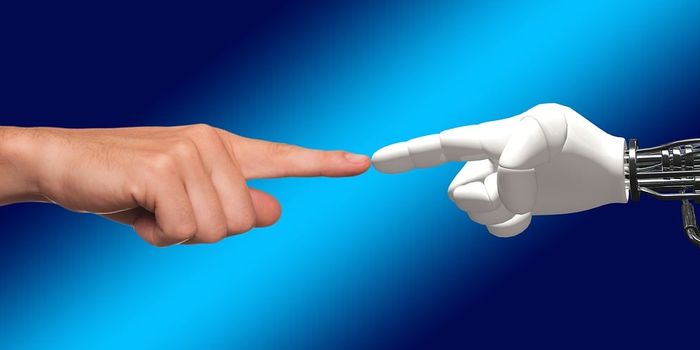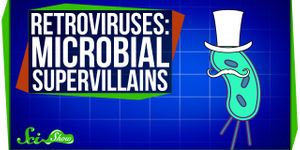Viral delivery as a method to administer medications has long been a hot topic in clinical research. Now, instead of using viruses themselves scientists at the University of Utah and University of Washington have given cells instructions to build their own virus-like system that can deliver therapeutics to specific cell types automatically.
Wesley Sundquist, Ph.D., co-chair of the Department of Biochemistry at the University of Utah School of Medicine and Neil King, Ph.D., an assistant professor at the Institute for Protein Design at the University of Washington, have figured out how to combine the three main components of viral proliferation with a hybrid nanostructure. Viral delivery systems must include the ability to bind to membranes, self-assemble, and to be released from cells. Without any one of these properties, viral delivery is halted. By adding genetic instructions for these three properties to a hybrid nanocage, the scientists were able to create a “natural” self-automated delivery method in cells.
“We are now able to accurately and consistently design new proteins with tailor-made structures,” says King. “Given the remarkably sophisticated and varied functions that natural proteins perform, it's exciting to consider the possibilities that are open to us.”
The team developed a set of instructions that gives the cells the ability to build soccer ball-shaped nanocages in addition to added viral genetic code for packaging and release. Once the cages are constructed, they can be exported from the cell, bind to another cell, and release their contents.
In the past, nanostructures composed only of nucleic acids, peptides, or proteins, have been built and applied to a wide range of applications such as molecular computing. However, building hybrid nanostructures made up of different combinations of these components has been harder to achieve. Sundquist and King were able to create a hybrid self-assembling nanocage with the added viral delivery properties needed to deliver its contents to other cells.
“The success of our system is the first formal proof that this is how virus budding works,” comments Sundquist.
In experiments done for this study, published in
Nature, the cages were filled with homing beacons to track the path the cages take to attach to another cell. In the future, the nanocages will hold drugs or other small molecules and can be modified to fit other cell delivery systems. For example, cage shape or membrane binding proteins could be edited to match other cell systems or customized for different applications.
Even though this study has proven the functionality of the system, there are several questions that must be answered before it can go to the clinic. Researchers will need to figure out if the nanocages can survive for long time periods and travel to different areas of the body. They will also need to test whether the nanocages can hold and deliver sufficient quantities of medications. This method of delivery could become an important advance in the targeted delivery of therapeutics moving forward.
Sources:
Nature (2016),
University of Utah,
Nature (2015)









